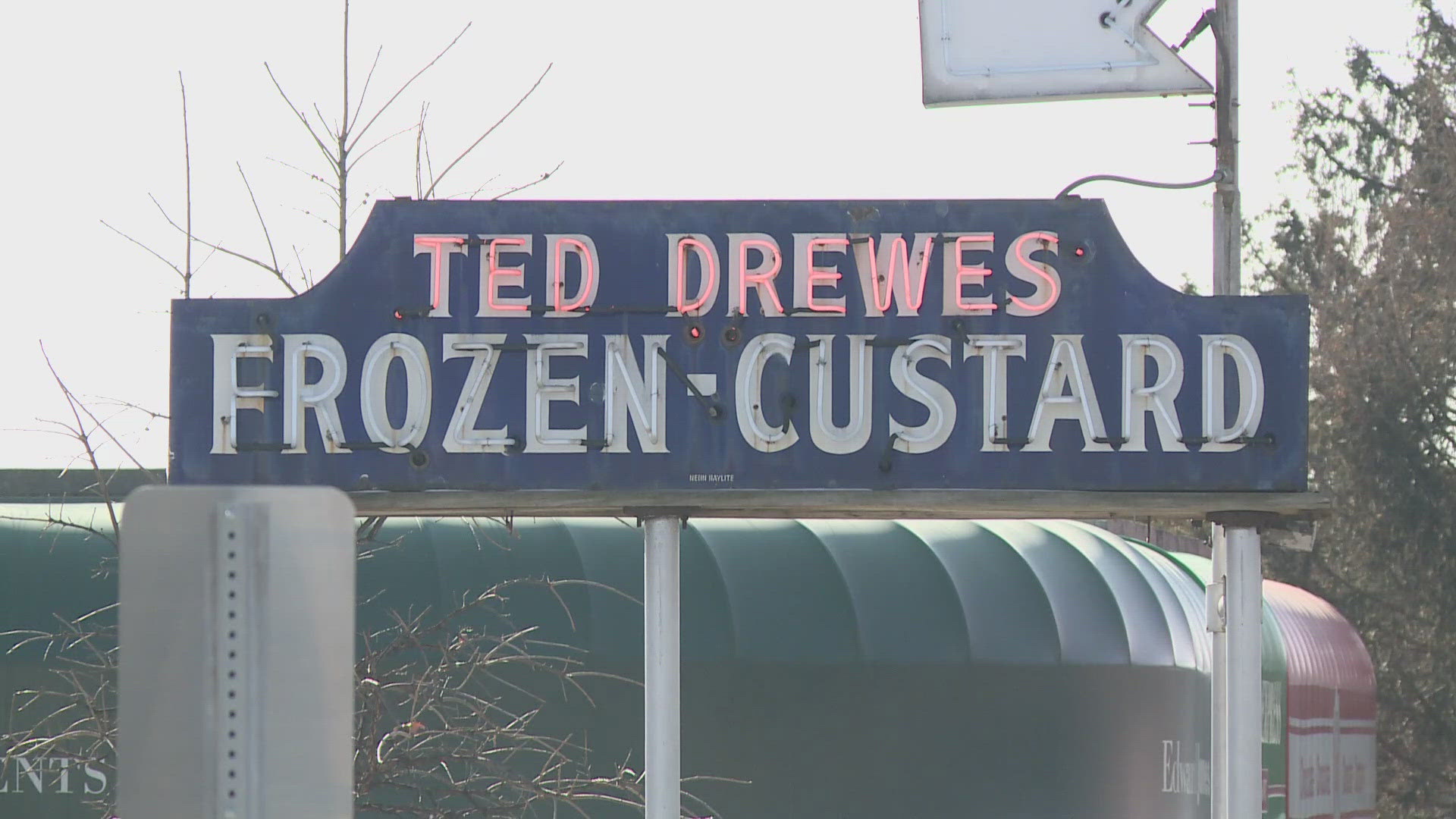Record warmth is forecast through Tuesday from the Desert Southwest to the Plains, keeping some spots on track for their warmest November.
Meanwhile, up to 20 inches of snow is forecast to fall over the next few days atop the highest volcanic peaks on the Big Island of Hawaii.
Warmth moves from West to East
On Sunday, over 50 record highs were set or tied across the West as temperatures soared into the 70s as far north as Wyoming.
On Monday, temperatures had already soared above 80 degrees by 11 a.m. MT in southeast Colorado, the National Weather Service said. Denver hit an all-time November high of 81 degrees Monday afternoon.
After another warm day Monday, more record highs are possible once again Tuesday from South Dakota to the Desert Southwest, weather.com said. Temperatures will be 20 to 30 degrees above average, the weather service said.
By Tuesday, the wave of warmth will reach the eastern Great Lakes and Mid-Atlantic. While likely not record-breaking, temperatures will approach or exceed 60 degrees Tuesday from Detroit to Pittsburgh, Washington, D.C., Baltimore and Philadelphia, AccuWeather said.
The warmth has been remarkably persistent in the Southwest this month. It's been the warmest November on record in cities such as Phoenix, Tucson, Las Vegas, Albuquerque and El Paso.
Almost 60 daily record highs were tied or broken Sunday in the Southwest and Plains. Dozens more are likely through Tuesday. https://t.co/R9yIprV1u1 pic.twitter.com/AeIaTUq6Bn
— The Weather Channel (@weatherchannel) November 27, 2017
Snow in Hawaii?
Heavy snow is forecast to fall this week across the peaks of Mauna Kea and Mauna Loa on the Big Island thanks to a flow of deep moisture that's coming from the Intertropical Convergence Zone.
Winter storm watches have been posted there, which is "ironic since we have yet to see a winter storm watch for much of the Northeast and Midwest," Weather Channel winter weather expert Tom Niziol said.
Snow on Hawaii's peaks is not uncommon in the colder months because they are nearly 14,000 feet high. Mauna Kea has a sub-Arctic climate, the weather service said.
“As long as we have deep enough clouds to support ice crystals, and when you have cold enough temperatures at the summit level, you can get snowfall,” said Matthew Foster, a meteorologist with the weather service in Honolulu.
A blizzard hit both mountains in late February. Mauna Loa and its sister peak of Mauna Kea are both volcanoes. Mauna Kea is the highest point in the state.
In fact, the coldest temperature ever recorded in Hawaii was 12 degrees on Mauna Kea on May 17, 1979, the weather service said.
While the summits receive snow, the rest of the Big Island and Maui are dealing with heavy rain and the potential for flash flooding over the next few days.
Up to 20 inches of snow possible in Hawaii over the next few days. (On the peaks of the volcanoes on the Big Island.) @NWSHonolulu https://t.co/flvgbUSTyv pic.twitter.com/3mAcHgVUOg
— USA TODAY Weather (@usatodayweather) November 27, 2017
A return to the chill?
Though mild weather is forecast for much of the nation for most of this week and into early December, meteorologists are predicting a return to more wintry weather by the second week of December.
"A change will occur where more extreme cold will first enter the northern Rockies, then the Plains, followed by the Upper Midwest, then the Northeast," AccuWeather meteorologist Paul Pastelok said.
However, the scope, magnitude and timing of this potentially colder weather pattern remains uncertain, Weather Channel meteorologist Chris Dolce said. "In addition, it's too far out in time to know whether any storm systems would tap into the colder air and produce significant winter weather," he said.


